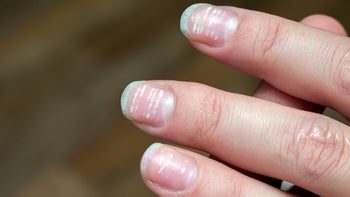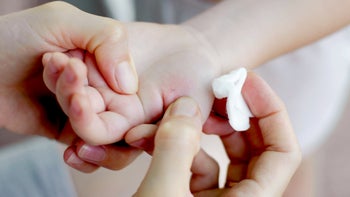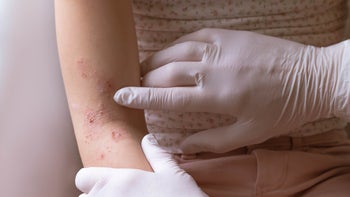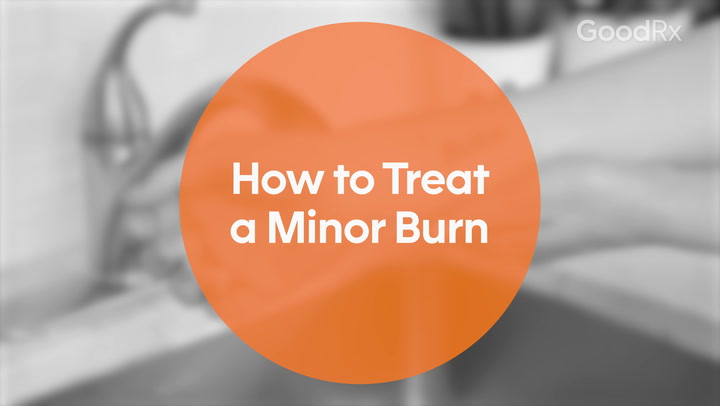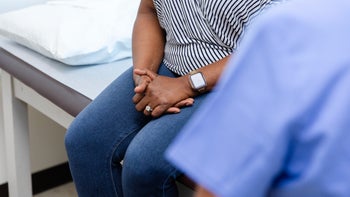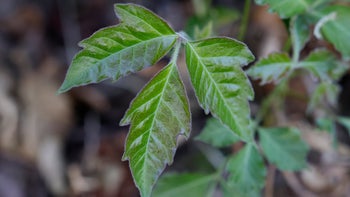
4 Tips for Getting Rid of Razor Burn
Key takeaways:
Poor shaving techniques –– like using a dull blade –– can cause razor burn.
This form of skin irritation may include a red skin rash or a burning sensation. But it should not be confused with razor bumps, which are caused by ingrown hairs.
Razor burn is common and can be easily treated or prevented with at-home remedies.

If shaving is part of your skincare routine, you've probably experienced the dreaded — but all-too-common — razor burn from time to time. This uncomfortable problem can cause skin tenderness or a stinging sensation.
The good news is that it's temporary, treatable, and highly preventable. Want to know how to get rid of razor burn fast? Smart shaving techniques and some solid skin prep can help.
What is razor burn?
Razor burn is a skin irritation that occurs after shaving. It can appear moments or even hours after shaving. And it can happen anywhere on the body, including the face, armpits, groin, or legs. Symptoms may include:
A red skin rash
A raw, stinging, or burning sensation
Itchiness
Red bumps on the skin
Search and compare options
Generally, razor burn occurs if you haven't properly moisturized or wet your skin before shaving (also known as dry shaving). It may also happen if you use an old or blunt blade or shave aggressively.
Razor burn should not be confused with razor bumps. People may use the two terms interchangeably, but they are different. Razor burn is irritation caused by shaving, whereas razor bumps — also known as pseudofolliculitis barbae — are caused by inflammation surrounding ingrown hairs.
Neither razor burn nor razor bumps are caused by an infection. But razor bumps can lead to a treatable and mild infection if bacteria get into the skin.
What are the best remedies for treating razor burn?
If your skin feels raw and tender after shaving, there are a few things you can do to treat razor burn and show your skin some much-needed love.
1. Apply aloe vera
Use aloe vera gel or pure aloe vera from a plant to reduce the stinging and burning feeling from razor burn. Aloe vera helps the skin retain moisture, which can speed up healing from irritation. Aloe vera also has anti-inflammatory and anti-bacterial properties that can keep the area clean and prevent further inflammation.
If your razor burn is very noticeable, aloe vera can also reduce erythema (redness). Simply apply the aloe gel to the skin with clean hands. Make sure to let it dry completely before getting dressed.
Read more like this
Explore these related articles, suggested for readers like you.
2. Reach for an emollient
An emollient is a moisturizing product that hydrates and soothes the skin by locking in moisture. Emollients come in the form of lotions, creams, and ointments. Be sure to find a product that contains natural ingredients like shea butter, coconut oil, or olive oil. Avoid products with fragrances and alcohol since they can be drying and irritating.
3. Give home remedies a try
Evidence shows that certain ingredients in your medicine cabinet or kitchen cupboards may also reduce irritation and inflammation. For example, apple cider vinegar can kill bacteria on the skin (although the research is limited and not conclusive). Other skin-friendly home remedies, like soaking the affected area in an oatmeal bath, may also relieve discomfort.
4. Seek medical care
If your razor burn doesn't improve after a few days, or if you develop razor bumps after shaving, talk to your doctor. You may need an antibiotic or a topical prescription medication.
How do you prevent razor burn?
Razor burn is a common risk after shaving, especially if you have sensitive skin. That said, you can do a few things to prep your skin for a soft and smooth shave. These best practices can help you prevent razor burn or other irritation from shaving.
Moisturize before and after shaving. Evidence suggests that pre-shave and post-shave hydration can prevent razor bumps. This preventative measure may work for razor burn, too. Before pulling out the blade, douse your skin in warm water and apply moisturizing shaving cream. Afterward, use a soothing moisturizer, like coconut oil or an unscented cream. Petroleum jelly is also safe to use, although it tends to be greasier.
Apply warm — but not hot — water to your skin before shaving.You can do this by shaving in the shower or bath or applying a warm compress to the area. Warm water opens up the pores and softens the hair, making it easier to shave.
Exfoliate the skin. Exfoliating removes dead skin cells and residue, helping you get a smoother shave.
Shave in the direction your hair grows.Although it may sound strange, you'll want to take a peek at which direction your hair grows. Shaving “against the grain” can lead to irritation or razor bumps. To prevent this, shave in the direction of hair growth.
Use short, gentle strokes. Instead of going for long, aggressive strokes, take it easy on the skin with soft, short strokes.
Rinse your blade as you shave.Don’t let hair and skin cells accumulate on your blade while you shave. Instead, rinse the blade off as you go to keep the blade clean and sharp.
Always work with a new blade. You should never shave with a dull or old blade. Experts recommend replacing your blade after 5 to 7 shaves or as needed to keep razor bumps at bay. Doing so is especially important if you have coarse or thick hair that dulls your blade. It might also help you avoid razor burn. Remember to clean electric blades after every 5 to 7 shaves, too.
Keep your razor dry. Don’t keep your razor blade in the shower where it can get wet and rusty. A rusty blade can cause razor burn, cuts, and infection. So, dry your razor after each use and replace the cap.
The bottom line
Everyone wants to enjoy a close, smooth shave without skin irritation. By taking a few extra moments to ensure that you have prepared your skin before shaving, you can avoid the red, stinging rawness of razor burn.
Why trust our experts?



References
American Academy of Dermatology Association. (2022). 6 razor bump prevention tips from dermatologists.
Gopal, J., et al. (2019). Authenticating apple cider vinegar's home remedy claims: Antibacterial, antifungal, antiviral properties and cytotoxicity aspect. Natural Product Research.
Gray, J., et al. (2016). Pseudofolliculitis barbae: Understanding the condition and the role of facial grooming. International Journal of Cosmetic Science.
Hekmatpou, D., et al. (2019). The effect of aloe vera clinical trials on prevention and healing of skin wound: A systematic review. Iranian Journal of Medical Sciences.
Luu, L. A., et al. (2021). Apple cider vinegar soaks do not alter the skin bacterial microbiome in atopic dermatitis. PLoS One.
National Eczema Society. (2014). Emollients.
Ogunbiyi, A. (2019). Pseudofolliculitis barbae; current treatment options. Clinical, Cosmetic, and Investigational Dermatology.
Sethi, A., et al. (2016). Moisturizers: The slippery road. Indian Journal of Dermatology.
ShavingPlanet. (n.d.). Do you need to use hot or cold water when shaving?







